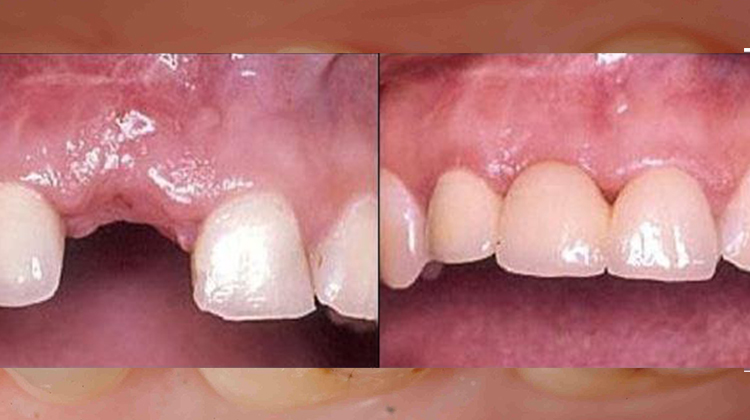
The crown is a cap that is placed over a single tooth to protect it from further damage and improve its overall aesthetics. It is usually recommended for cases where the use of conservative fillings is unable to restore the tooth’s form or function.
The bridge is used to replace one or more missing teeth. Bridge consist of crowns affixed to neighbouring teeth – one on each side of the missing tooth – that are used to hold a replacement tooth in position.
Crowns and bridges are usually made from gold, porcelain, metal or a combination of these materials.
Modern day crowns and bridges wholly made from tooth-coloured material are increasingly popular due to greater awareness and their lifelike aesthetics.
The crown is used to protect and strengthen the tooth that has been weakened by a decay or injury.
Bridges are designed to prevent the upper and lower teeth located around the missing teeth from moving so as to improve the overall functional and aesthetic qualities. By replacing your missing tooth or teeth with crowns and bridges, you will be able to chew your food properly and restore your smile.
Crown procedure: A typical crown restoration takes two visits.
In the 1 st visit, tooth is prepared for crown and an impression is made of the area. This impression is sent to the dental laboratory for the fabrication of the crown. A temporary crown will be placed to protect the tooth and restore its appearance while awaiting the manufacturing of the permanent crown at the dental lab.
Based on information provided by the dental impression, the lab technician will create the crown to a specific shape and structure that will fit exactly into position over the existing tooth.
On the next visit, the dentist will remove your temporary crown and place the permanent crown into position to check for fit and colour. Once he is satisfied with the form and aesthetics of the new crown, the dentist would cement the permanent crown into position.
Bridge procedure: The process of getting a dental bridge is, in some ways, similar to that of a crown. It also involves taking an impression of the prepared teeth to be used as a model from which the prosthetic teeth (in this case, the bridge, pontic and crowns) will be fabricated by the dental lab.
The difference lies in the preparation of the abutment tooth. An abutment tooth refers to the natural tooth that is being selected to support the prosthesis. As a bridge may be designed to replace one or more missing teeth, the number of abutment teeth that need to be prepared varies.
For more information on our Crown and Bridge restorations, please call Normanhurst Dental at 99898565.